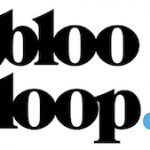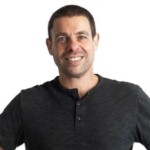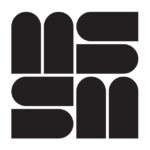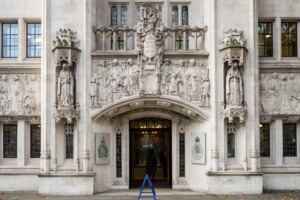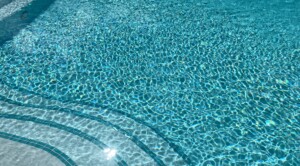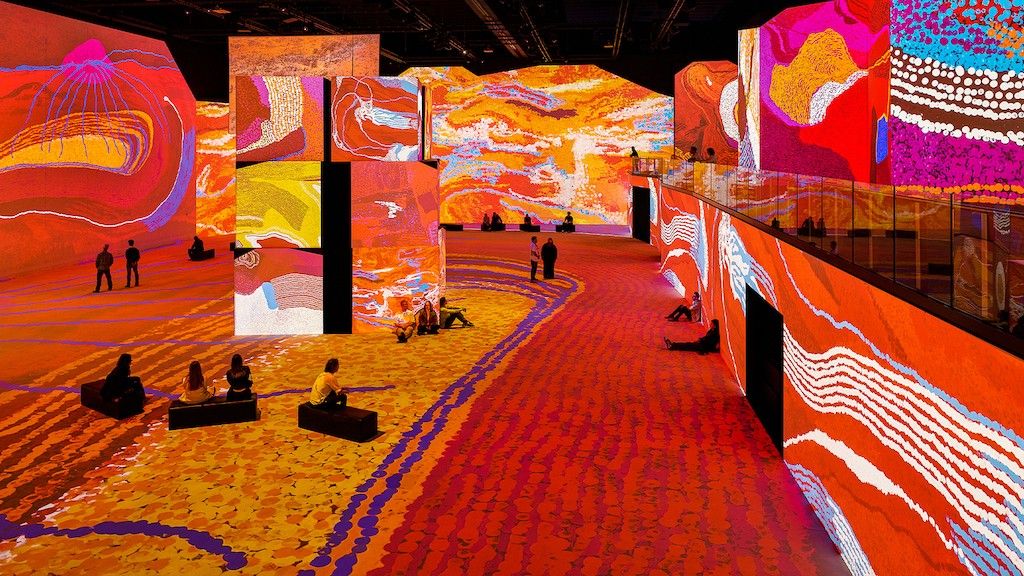In the current climate of economic uncertainty across the developed nations, the growth in the attractions industry is set to come from the emerging middle classes in the BRIC countries. In order to successfully make the most of these  new opportunities, suppliers, consultants and operators will have to adapt to different cultures and environments.
new opportunities, suppliers, consultants and operators will have to adapt to different cultures and environments.
With over forty years of experience in the attractions industry, twenty of them spent at JRA, Keith James (left) treated delegates at the SATE conference in Disneyland Paris this September to a whistle-stop tour of some of the most interesting cross-cultural projects in recent years, many of which he has been involved with. He gave some fascinating insights and blunt advice for those contemplating creating attractions for other cultures.
Related: JRA Profile/ Keith James, President, Jack Rouse Associates on doing Business in the Emerging Markets/ Jim Beam Brings New JRA Designed Distillery Experience to the Bourbon Trail
Purpose and Context: Ferrari World Abu Dhabi
One of the most exciting projects in recent years has been Ferrari World Abu Dhabi. JRA provided conceptualization, planning, design, executive media production and project management of the theme park's overall attraction program. The park boasts more than 20 state-of-the-art attractions, including Formula Rossa, the world’s fastest rollercoaster, and an iconic building.
The context of the project was the key to the design. From a financial standpoint, the huge investment does not make sense. From Ferrari’s point of view, there was no need to enhance their brand. However, the true purpose of the project was to promote Abu Dhabi as a brand in itself.
The result is world’s largest indoor theme park built in the middle of the desert, with expensive but truly stunning architecture.
Different Models: China v US
US theme parks have been focussed for many years on adding thrill rides to attract visitors, with the philosophy “build another roller coaster, they will come.” Interestingly, this is now reverting back to a more traditional family offering. In China, guests do not like the big roller coasters, preferring less extreme rides, shows and landscaped grounds as in HarborLand in Ningbo, for which JRA provided the master plan and design.
In the Chinese market, detailed miniatures of historic sites are also popular like those at OCT’s Shenzhen Splendid China. However, the $100 million Splendid China Orlando theme park opened in 1993, failed to attract US audiences who found the miniature landmarks and shows too dull and closed ten years later.
Mission: Volkswagen’s Autostadt
Another example of a themed attraction with a mission that was not immediately obvious is Volkswagen’s Autostadt in Germany. At a cost of DM 750 million, the project did not seem to make sense financially, especially as VW were not initially sure whether they would charge for admission.
However, the objective of the attraction was, in reality, to try to convert 1-1.5% of guests who would have bought another brand of car to buy a VW instead. Viewed from the wider perspective of the VW company, the project was an extremely profitable marketing effort. Understanding this helped JRA to transform their initial view of “a theme park based around cars” into something that made sense.
As an aside, Keith pointed out that the design graphics differ in Europe from the US in that an impressionistic technique tends to be used in Europe, whereas in the US concept drawings are often practical representations that can, in many cases, be used for constructio n.
n.
Using Local Stories in Design: Kings City, Harborland and Sochi Theme Park
One technique that JRA have used to adapt a theme to local culture is to use local stories to inform the design.
For the Harborland project, JRA could not simply transplant an American theme park into China because the product would not work. It was six months into the project before the client revealed that the mountain next to the site was called Phoenix Mountain. The Phoenix then became the inspiration for the park’s theming.
The stories of King Solomon were used in Kings City in Israel but here there was a need for great sensitivity as the hotel had views of Egypt, Jordan and Saudi Arabia. JRA had to adopt a fun but temper ed approach.
ed approach.
Another theme park development where JRA initially struggled to find the right story was the Sochi Theme Park being built adjacent to the 2014 Winter Olympic stadium in Russia. Here Russian fairytales will be used as the theme.
Cultural Issues: The Mind Museum, Dublin’s Children’s Museum and Guatemala Children’s Museum
Ensuring that museums are culturally relevant to the local population is important.
JRA acted as the master planners providing the conceptual and schematic design for The Mind Museum in the Philippines. However, the project used local artists to produce the final design to ensure that the museum had a strong Filipino influence.
At Imaginosity! Children's Creative Space in Dublin JRA integrated Gaelic language into all graphics and signage.
With low literacy levels across the rural population in Guatemala, The Guatemala Children’s Museum was keen to ensure that the museum’s content was accessible. JRA’s solution was to ensure that simple picture based graphics were used.
Practical Challenges: Ferrari World, Wild Wadi, LEGOLAND and Danfoss
and Danfoss
Ferrari World has raised some interesting unforeseen practical issues relating to the local environment and culture:
- Formula Rossa, the world’s fastest rollercoaster, goes outside of the theme park building. Riders have to wear goggles to protect their eyes from the sand at high speeds but this can be an issue with the clothing required by certain religious groups.
- As part of a value engineering review, the cleaning system for the Ferrari red roof was eliminated to save costs. This has proved to be a false economy as frequent sand storms mean that the roof has to be cleaned manually, particularly challenging in the high summer temperatures.
- Separate VIP gates had to be added to the design for local royalty – not a requirement for many theme parks!

Wild Wadi operates under a unique set of cultural conditions. A tremendously successful initiative has been Ladies Day on Thursdays. However, all staff in the park also must be female on this day which results in staffing issues.

LEGOLAND has different approaches to certain questions across the group. In Billund, dogs on leashes are welcome; open fires are allowed and electric bike charging stations have been installed. None of these would be welcome in a US theme park.
Generally the fact that there is no punitive damages law in Denmark allows “riskier” attractions to be built than in the US. Another example of this is the Segway course at Danfoss Universe.
In Conclusion….
In an interview with Blooloop, Keith set out JRA’s approach to working in emerging markets: “We are always sensitive to the culture of the countries we pursue. We meet clients, endeavour to understand their needs and satisfy those needs. As a company we are client sensitive instead of JRA sensitive. Luckily the approach works both ways for the USA and foreign countries.”
Today, with 90-95% of JRA’s clients based overseas Keith was able to conclude with some pithy advice:
“1) Listen first, don’t talk (especially if you’re an American)
2) Wherever you are you’re a guest. Give the client what they want not what you think they should have!”
.jpg)
